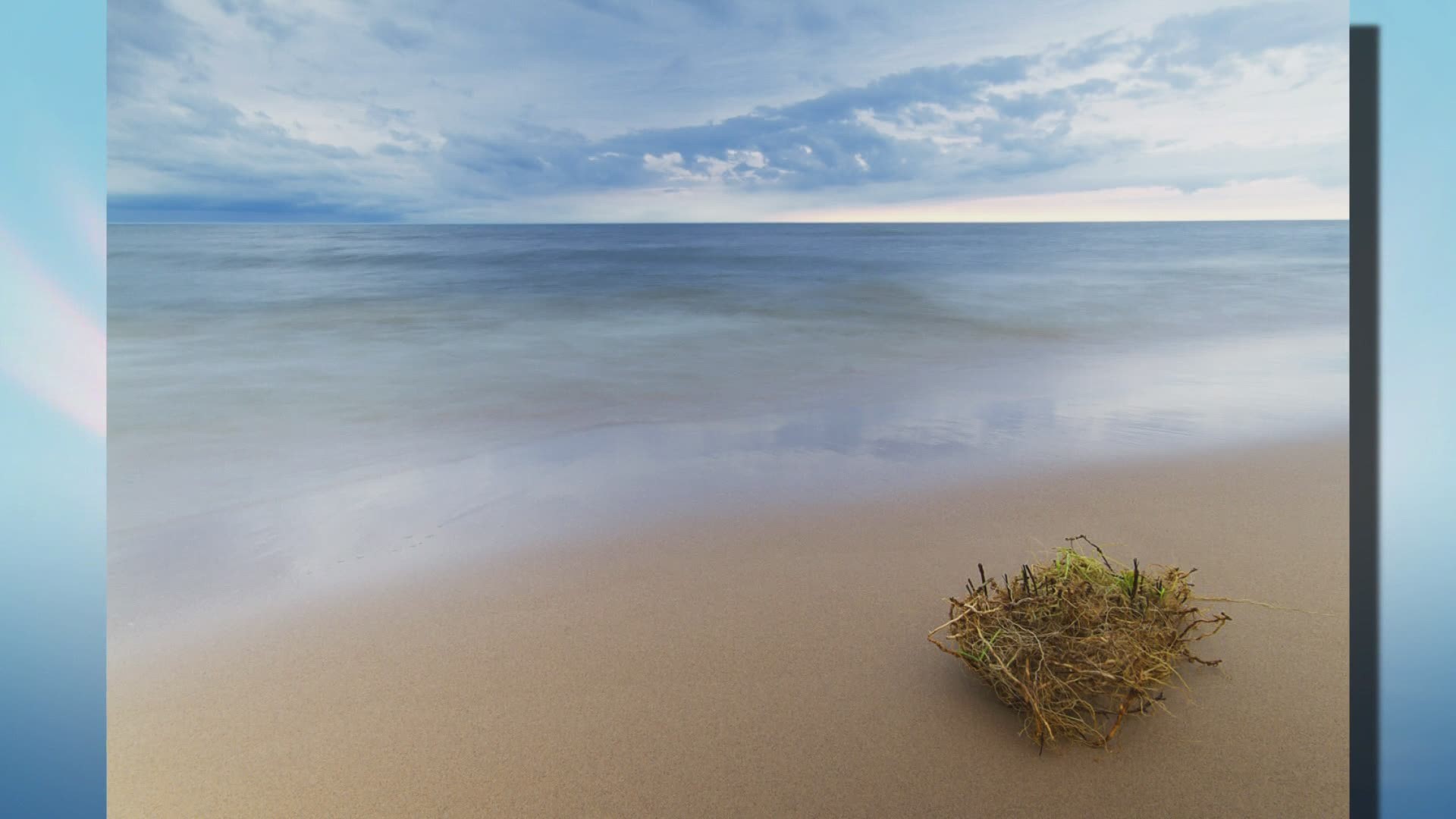MUSKEGON, Mich. — Photography is all about creating unique images from ordinary subject matter. In this week's photo challenge we are challenging to capture the essence of water? What does it mean to you? How do you view it? Capture the essence of water in a way we've never seen before.
Instructions:
1. Grab your cell phone or camera and explore the possibilities of water.
2. Share your images with us on our Camera Shop Facebook Photo Challenge post, through a Facebook message, or email them to sales@camerashopmuskegon.com. Provide us with your Instagram username and phone used to capture your image. #camerashopmuskegon
Water Photography Photo Tips:
1) Inspiration - As always, start with research! I always encourage everyone to search for inspiration within the genre types of photography you are in search of capturing. In this case search for "water photography". This will provide you with enough inspiration to spur your creativity.
2) Abstraction - One of the easiest and most unique ways of photographing water is to get closer to it and abstracting it. We are so used to seeing bodies of water in landscapes; a river, lake front, lakeshore, but hardly ever up close. The closer you get, the more unrecognizable it becomes. You can achieve this using a zoom lens and zooming into the water's surface. Observe and capture how light and colors reflect off the surface of the water. If you capture this right, it'll look something like a Vincent Van Gogh painting.
3) Macro - Macro water photography can be really fun. Two ways I recommend capturing it are photographing splashes and water droplets. This will require the use of a macro lens. The easiest way to capture water droplets is after a fresh rain. No rain, no problem. Grab a hose or spray bottle and mist a surface. Shoot water droplets that have collected on blades of grass, flowers, and other surfaces. The possibilities are both fun and endless.
4) Reflections - Outside of abstracting the surface of the water, you can also capture reflections off of it. Capturing reflections allows you to play with the concept of symmetry. Try and confuse the viewer as to which way is up or which is the reflection vs reality. Be playful, add ripples or movement to distort the water's surface. I recommend using a circular polarizer to get the most out of your reflections.
5) Splashes - Freeze water in action! You can do this in a couple ways. In nature you can capture some really dramatic images of waves crashing up against a lighthouse or lakeshore. Alternatively you can capture subtle soothing images of water flowing over a log or rocks in a river. A more advanced technique is setting up a splash tank inside of a studio using studio strobes or camera flash. Check out "Splash Photography" on Google.
6) Long Exposure - You can create some very pleasing imagery of water through the expression of motion using long exposure photography. You will need a tripod to accomplish this. Typically, shutter speeds 1/30 second or longer will start to blur moving water. Longer shutter speeds will begin to create a "misty/hazy" look. I've found that anything between 1/15 and 2 seconds yield the best results, blurring the water while retaining its texture. You'll want to experiment with different shutter speeds to find just the right shutter speed for the desired effect.

